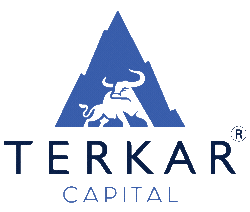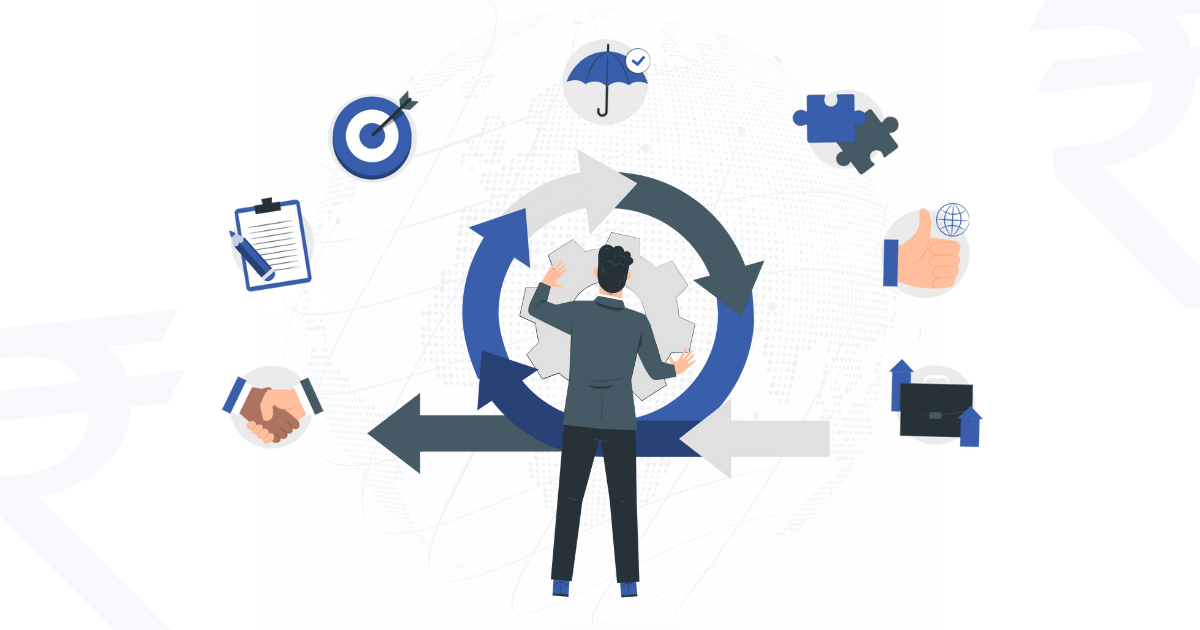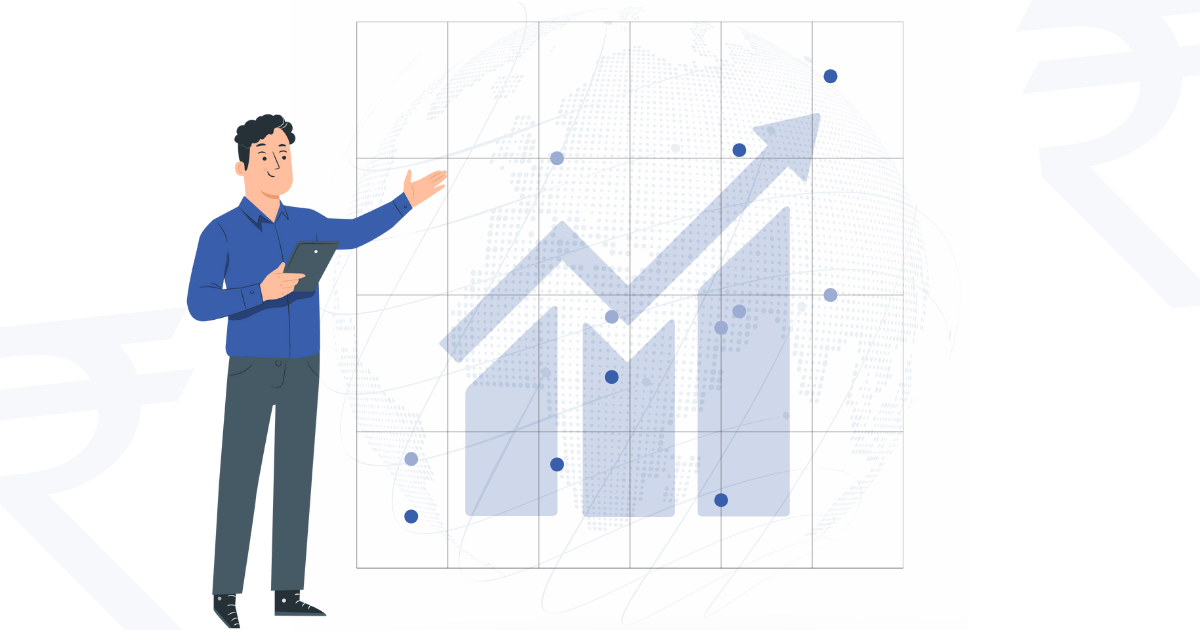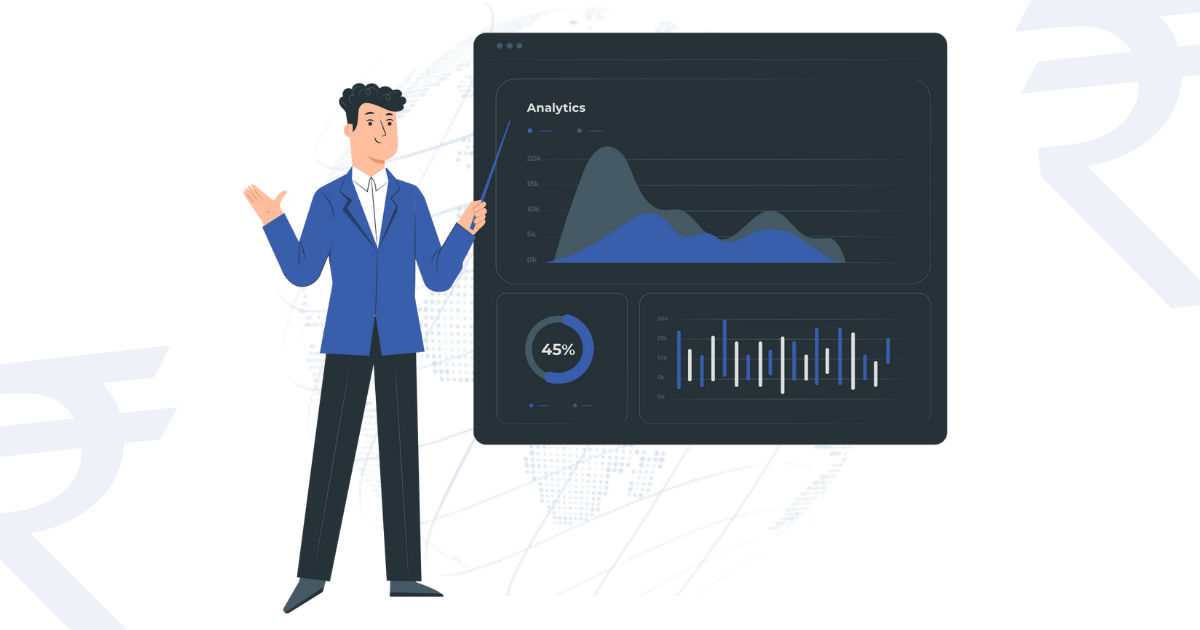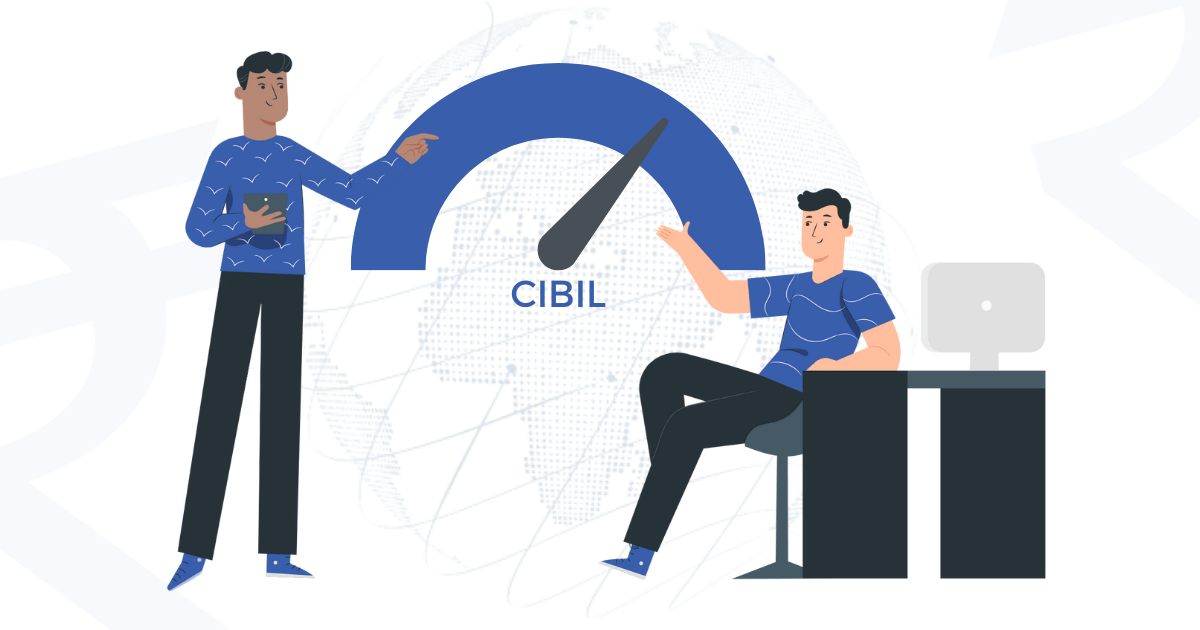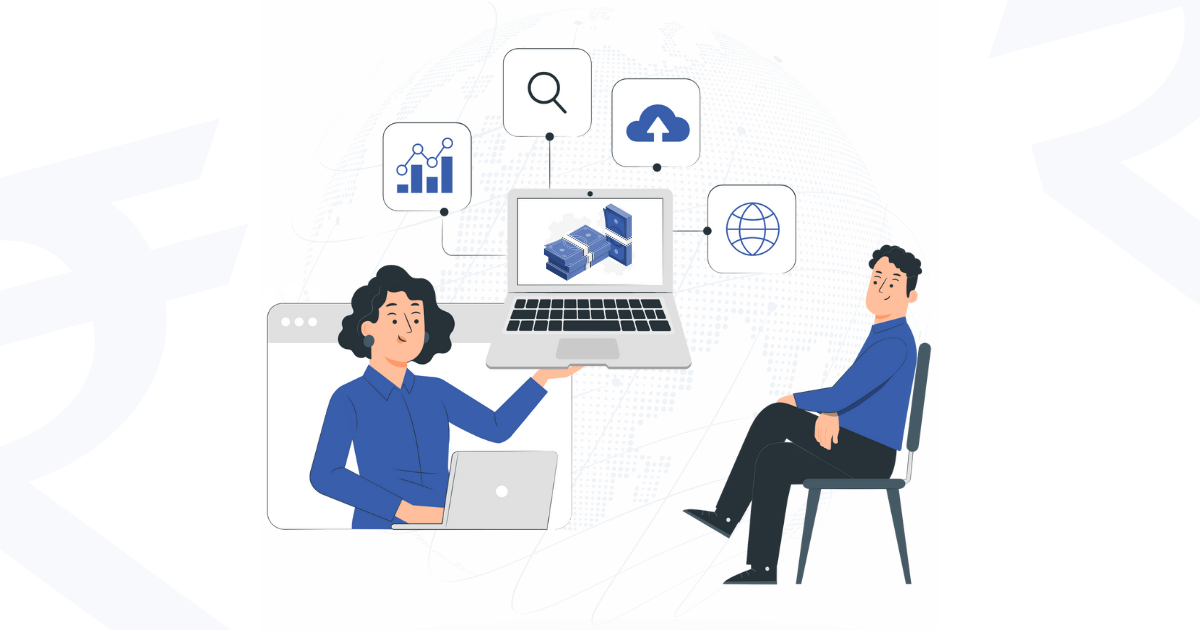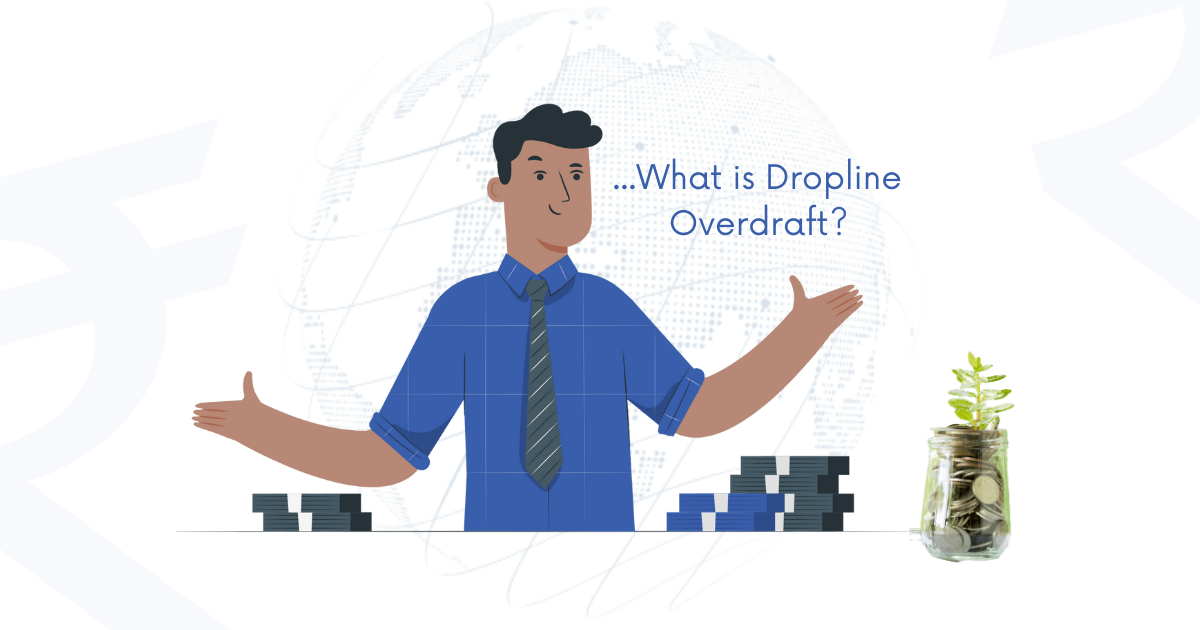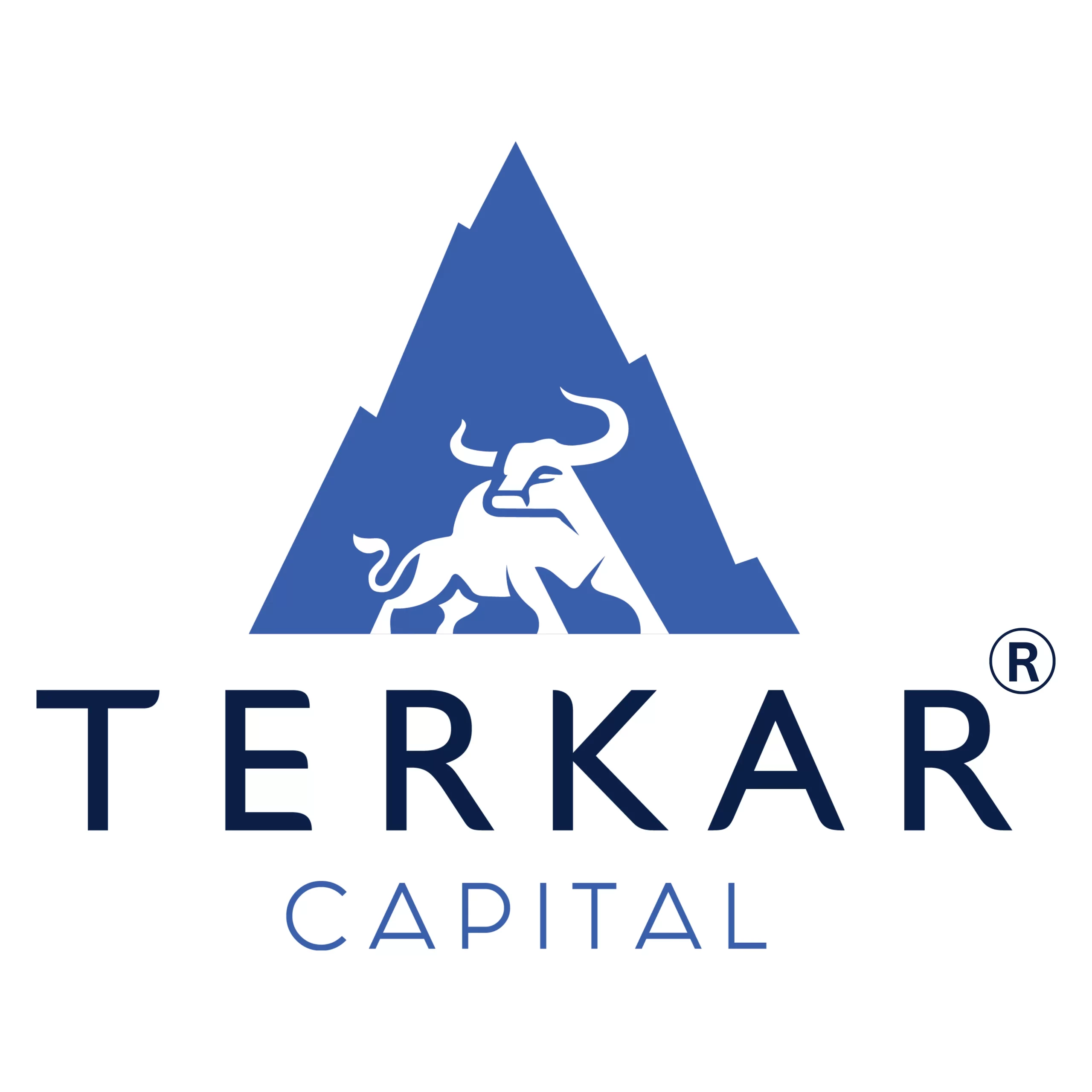Working Capital for Business Growth In simple terms, working capital for sustainable growth refers to a company’s liquidity or ability to meet its day-to-day and short-term expenses. Working capital for a company has various benefits, from paying employees and vendors to planning for future needs. It is essential for the lifeblood and expansion of a business. As a financial metric, working capital is defined as current assets minus a company’s current liabilities. Current assets include cash, inventory, and accounts receivable. Current liabilities include wages, accounts payable, and interest owed. A positive working capital meaning implies that a company manages to pay its bills and has sufficient funds to make sound investments. That is where current assets are more than current liabilities. It aids business growth over the short term. Negative working capital meaning entails a struggle to finance its daily operations, indicating a financial issue (Where current liabilities are more than current assets). Here’re the financial benefits of Working Capital Financing. What is the importance of working capital? 1. To Manage Liquidity Sufficient working capital ensures the company’s solvency and an uninterrupted process cycle. By evaluating working capital, the finance department can get a clear picture of the company’s financial position. 2. Earn Short-Term Profit If a company has excess funds after evaluating its working capital, it can invest those funds in other projects to generate short-term profits. 3. Build goodwill and creditworthiness Having enough cash and cash equivalents to cover day-to-day operations and short-term obligations improves a company’s creditworthiness in the market, ensuring better bargaining power and profitability, and increases the likelihood of achieving broader organizational goals. 4. Manage Expenses Working capital is used to cover day-to-day costs such as bills, staff salaries, taxes, and other expenses. 5. Manage sudden financial crises or market volatility Effective working capital optimization techniques help ease liquidity and funding pressures in the immediate term at the time of a sudden financial crisis. Learn Insights on Effective Management of the Working Capital Cycle, Here. How company can increase working capital? Companies can raise working capital to finance their everyday operations by taking out working capital debt from lenders. The tenure of this type of debt typically ranges from 6 to 48 months. Decreasing expenses can help a company increase working capital, which allows it to operate more efficiently. Making timely payments to suppliers can lead to cash discounts, which can further reduce costs. Additionally, timely payment of bills can improve operational efficiency. A company can optimize its inventory management process by reducing overstocking of raw materials and finished goods. By selling illiquid assets company can improve the cash position in the business and automation of accounts receivable and payment monitoring helps to improve cash flow operation. Here’s how Terkar Capital can process working capital facilities from the case study. Role of Working Capital in Nurturing Sustainable Business Working Capital for Sustainable Business Growth denotes a company’s capacity to cover everyday expenses while facilitating lasting development. This liquidity is vital for tasks like vendor payments, employee salaries, and future planning. Assessing working capital involves subtracting current liabilities from assets, encompassing cash, inventory, and receivables. Positive working capital reflects bill settlement and prudent investments, fueling business expansion. Conversely, negative working capital implies challenges in funding daily operations due to current liabilities surpassing assets. In essence, working capital is pivotal for fostering enduring business growth.
- Office Hours - Mon to Sat - 9:00 to 19:00 Hrs
- Yes@terkarcapital.com
- +91 7414973455
